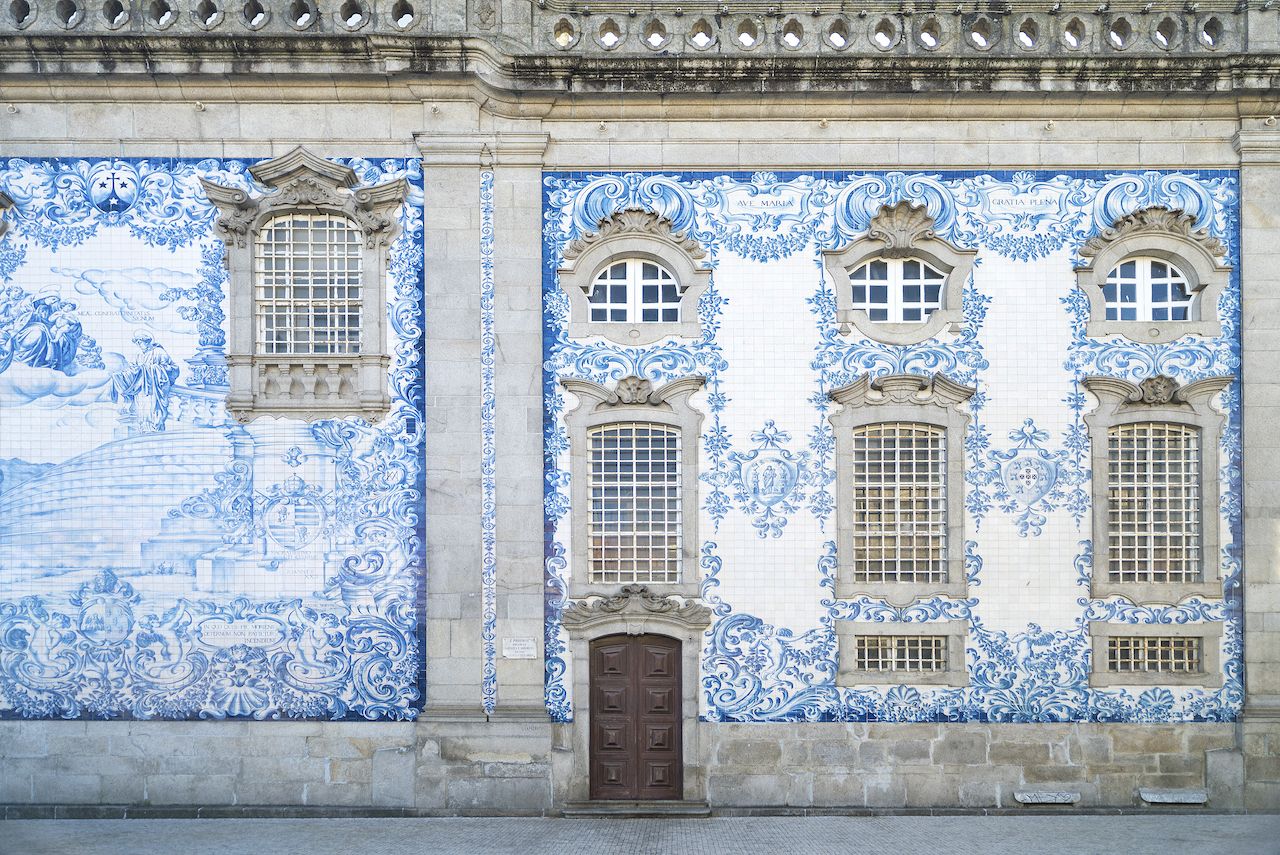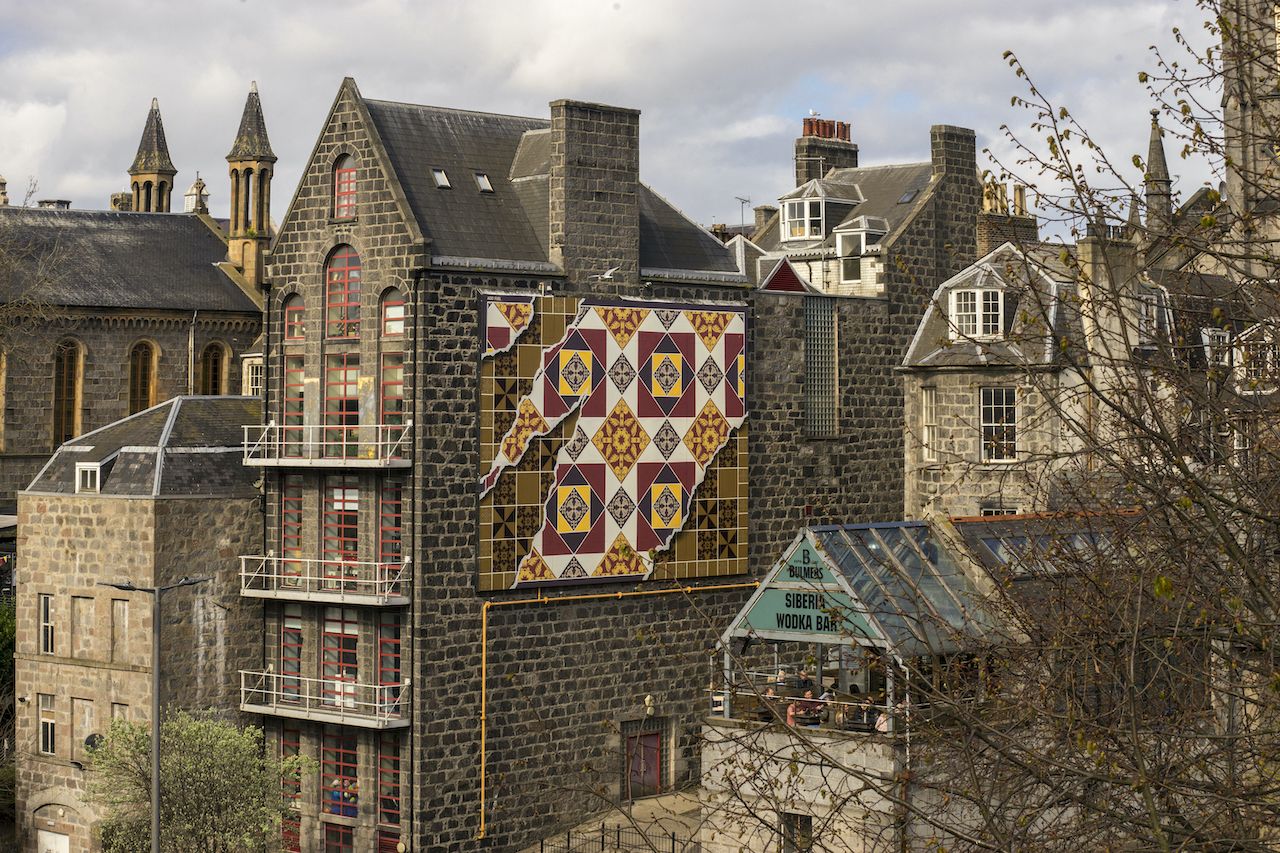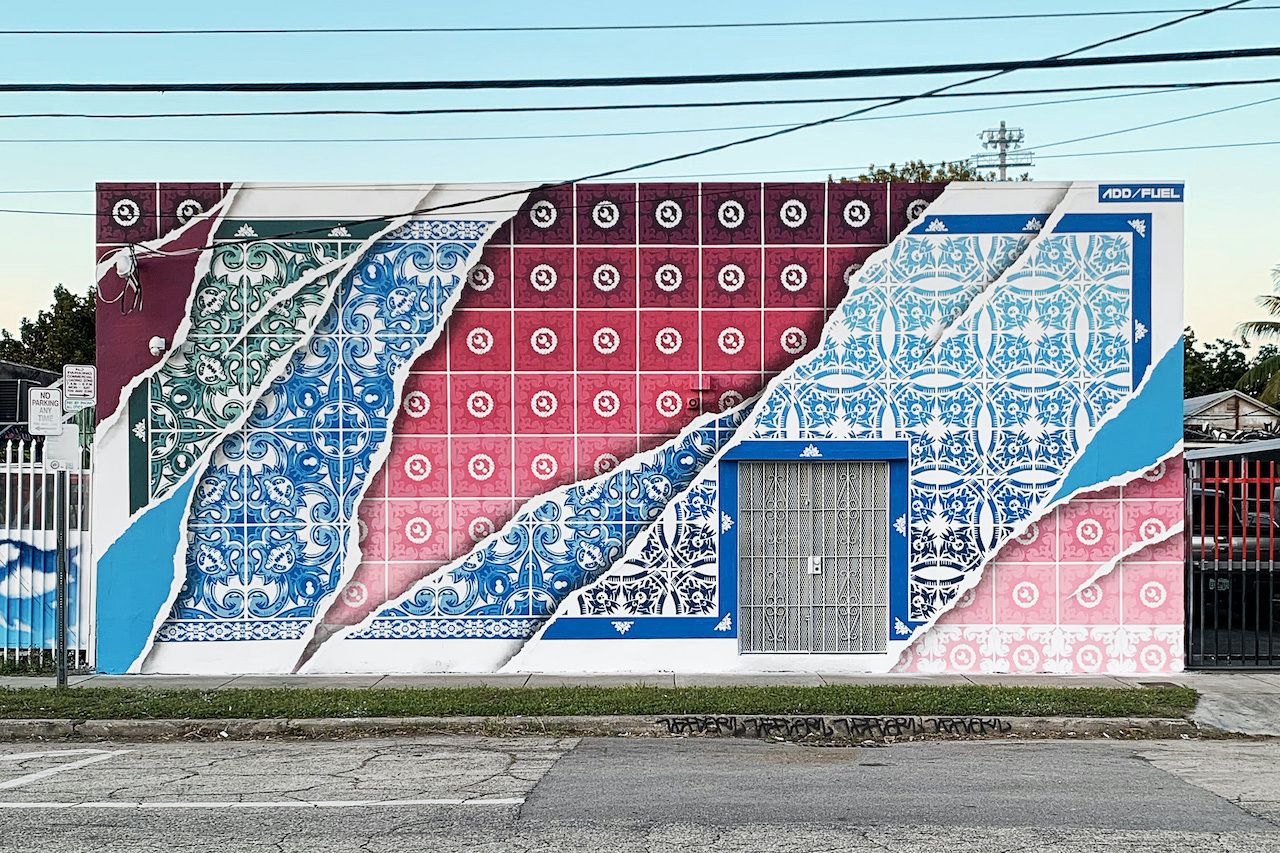A walk through the Portuguese cities of Lisbon or Porto reveals one building after another whose facade is covered in decorative glazed tiles. Even in less affluent neighborhoods, where many structures have been worn down by time, these intricately painted azulejo tiles lend an elegance to the buildings they grace.
Ascending into Lisbon’s higher neighborhoods from the water’s edge on Sante Infante Avenue — the so-called Avenue of the Azulejos — you’d be forgiven for first thinking that a broad, multi-tiered stairwell displays more of these historic tiles.





